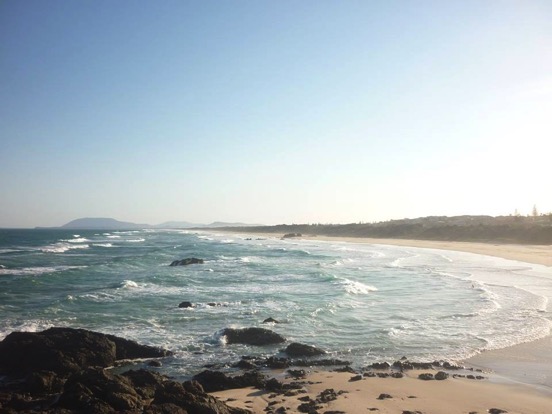‘Your beliefs become your thoughts,
Your thoughts become your words,
Your words become your actions,
Your actions become your habits,
Your habits become your values,
Your values become your destiny’
I was at a seminar once, presenting an early version of some research on popular culture and world politics. During the question & answer period, a colleague – a distinguished scholar in literary studies and creative writing – asserted, quite forcefully, that I should reconsider my use of the concept of narrative. It didn’t belong in my scholarship, he argued, it was a concept with a history and a trajectory and its home was in literature not International Relations, the oddly ill-disciplined discipline in which I have found myself. My colleague raised his voice during this exchange, became somewhat upset. His emotional register, his irrational response to my naïve and perhaps clumsy use of a concept he had spent decades working on: he behaved like a woman.
Academics in general are such emotional creatures. We might speak, in fact, of ‘academic feminisation’. They’re so invested in their work, and the good ones are so committed to their students: they nurture, they foster talent and possibility, they provide guidance and professional socialisation. They act like women. They respond irrationally to criticisms of work, or the complaint that a concept is being misappropriated; or they focus on some perceived ‘injustice’ rather than take an argument at face value and use logic to refute it. Hysterical responses are not uncommon…
… It is clear, I hope, that the above paragraphs are deliberately ridiculous. In no scholarly outlet, one would hope, would such a flagrantly reductive and offensive set of gender stereotypes find a platform. And yet Steve Fuller was able to publish an article recently on the multi-author blog Sociological Imagination that used flagrantly reductive and offensive stereotypes about autism to support an argument about ‘semantic ambiguity’ in sociology. I want to respond here to both Fuller’s blog post, and his defence of said post – both in the comments and on Twitter – in which he essentially ‘doubles down’ on his original position. Continue reading




